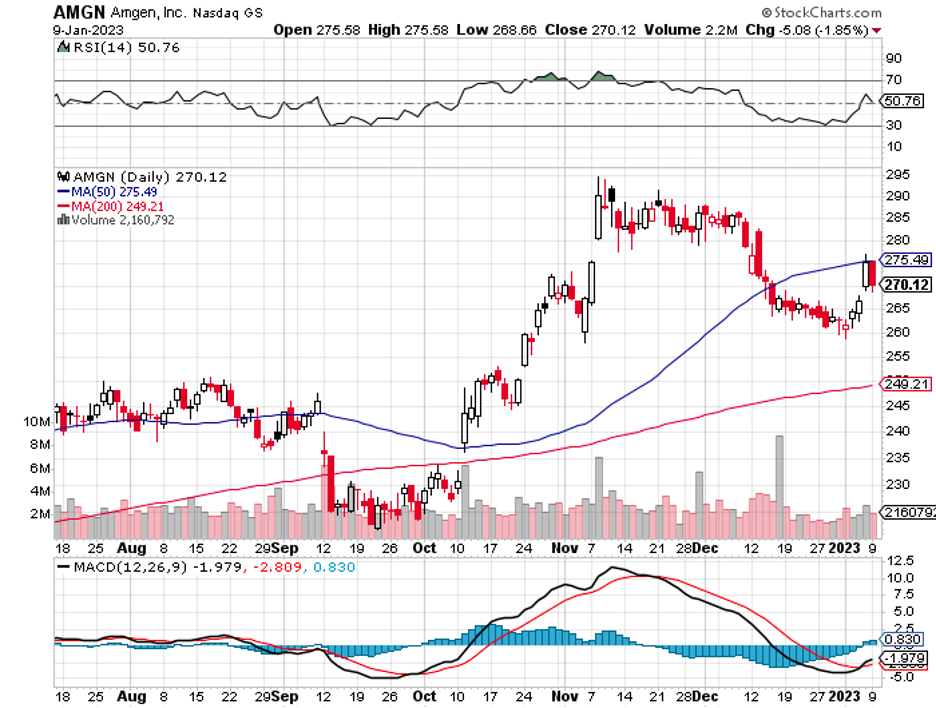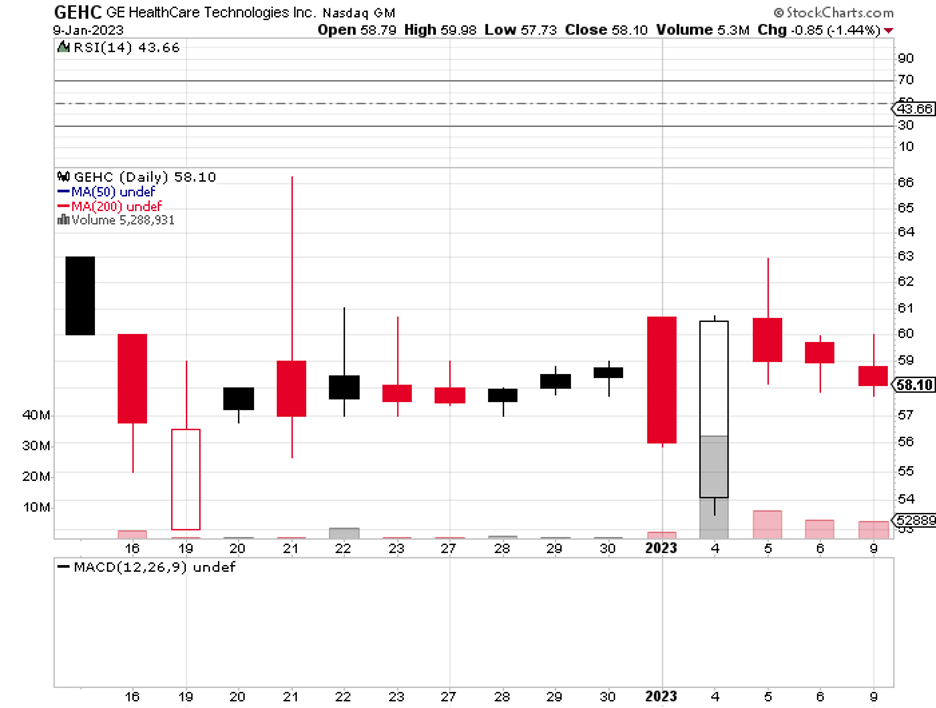When share prices are falling, it’s definitely tempting to believe that they’ll continue to go lower. It’s as irrational as when investors felt that share prices could only go up, as many thought back in early 2021.
But, the fear of a worsening market and economy is one of the primary reasons why so many high-quality businesses are struggling or are not getting traded at better valuations.
Amid the broader market getting crushed, the healthcare industry held its ground during last year's turbulent period. The Health Care Select Sector SPDR ETF (XLV) only slid by 3.5% in 2022, which isn’t as bad as the 19% drop in the S&P 500.
The great news is that it’s not too late to get into the game. Some healthcare stocks, particularly those in the biopharma segment, still look reasonably priced. In aggregate, the prices of these S&P 500 pharma stocks are at multiples of earnings, approximately 10% below compared to the S&P 500’s about 16 times.
The key reason this sector performed well despite the economic turmoil and financial crises is the continuous demand for its services. Regardless of the situation, people will still have to shell out money for health insurance, medications, and vaccines.
That means profits in the healthcare industry continue to be stable amid challenging times. It also means that with the current financial climate, with skyrocketing inflation and interest rates, this sector holds the potential to shine even brighter.
In fact, the healthcare industry has become a favorite defensive segment. In particular, its Pharma-biotech sector is turning into a stand-out in the market.
Amgen (AMGN) is one company in the pharma-biotech sector that continues to look promising. Based on its performance, a conservative estimate of its compounded EPS growth over the next three years is 6%.
This figure could increase depending on Amgen’s ability to launch new products, which appears to be already on its way with the release of a potential blockbuster courtesy of its obesity drug.
This giant pharma-biotech, with a market capitalization of over $144 billion, also boasts an extensive product portfolio, including several therapies.
Its immunology treatments, marketed as Enbrel and Otezla, along with its bone health drug, Prolia, are only three of the nine products in Amgen’s lineup that are on track to become blockbusters.
For context, a blockbuster is a drug or treatment that can generate a minimum of $1 billion in revenue yearly.
Apart from these treatments, the company has 38 more candidates queued in varying phases of clinical development in its pipeline. The list includes biosimilar competitors for existing megablockbusters—drugs that rake in at least $5 billion in sales annually—such as Johnson & Johnson’s (JNJ) Stelara and Regeneron’s (REGN) Eylea.
Another excellent stock in this segment is Bristol Myers Squibb (BMY). Looking at its trajectory and performance, the company’s compounded annual EPS growth until 2025 is estimated at 13%.
Like Amgen, this number could quickly rise as well as BMY replaces its older products with new and more profitable candidates.
To date, the company has several top-selling drugs in its portfolio, including blood clot treatment Eliquis, which raked in over $9.1 billion in sales in only the first nine months of last year. Within that same time frame, BMY’s cancer drug Opdivo also generated another $6 billion in revenue.
Actually, BMY didn’t record a bad period in 2022, with its shares climbing by more than 15%. Given its track record, the lineup of candidates in clinical development, and its penchant for mergers and expansion via acquisitions, the business is anticipated to keep growing in 2023.
Meanwhile, another healthcare giant was born recently. General Electric (GE) just finalized the spinoff of its healthcare division called GE HealthCare Technologies (GEHC).
With a market capitalization of $25.5 billion, GEHC is coming out swinging. It’s anticipated to slowly become a significant mover in the segment, potentially surpassing Siemens Healthineers (SHL).
It’s understandable to be wary of investing more money considering the turbulent financial and economic situation not only in the United States but also across the globe. However, when you wait too long to buy quality stocks, there’s always the danger of missing out on their inevitable rally.
While these quality healthcare stocks are in no way cheap, they nonetheless hold massive potential and are still reasonably priced for their value.




